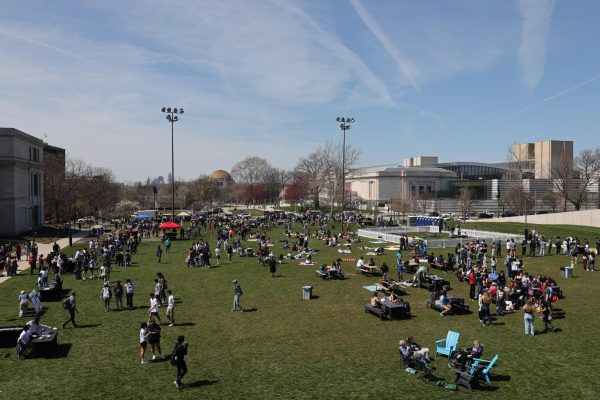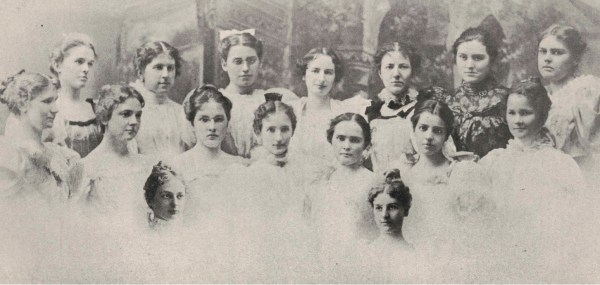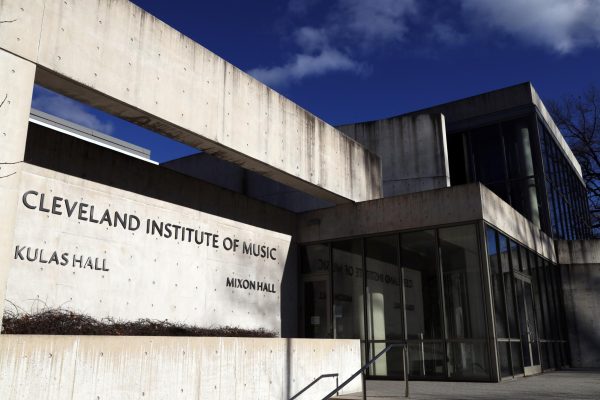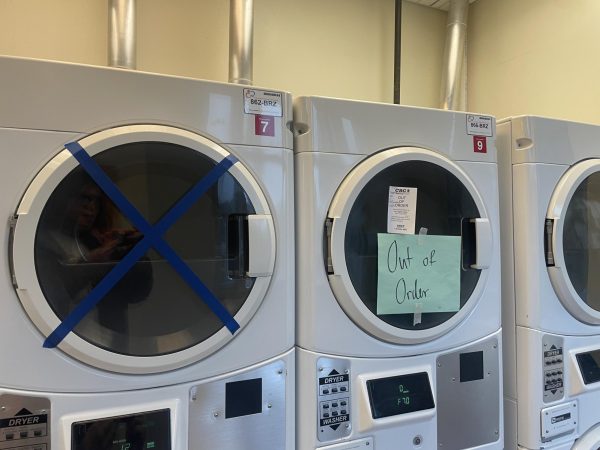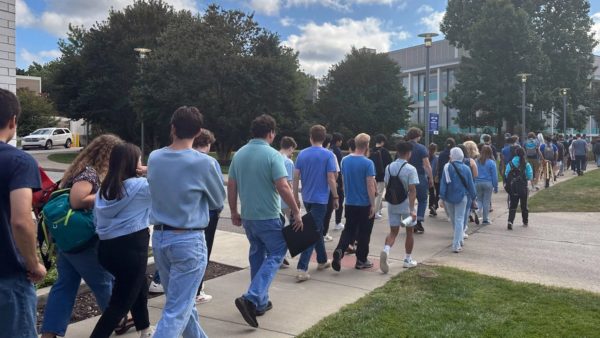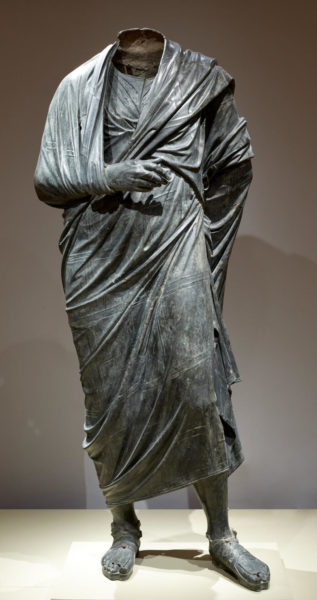Bridging the gap
Student service efforts bring light to economic disparity in Cleveland
A recent study on economic segregation ranks Cleveland and its surrounding areas number one in income segregation among large cities in the U.S.
The study, published by Richard Florida, a well-known economist from the University of Toronto, and Charlotta Mellander, of the Jönköping International Business School, defines economic segregation as the tendency for individuals to be stratified into different communities based on income, education and occupation.
The study also noted that smaller cities with high levels of income segregation tend to be college towns.
Cleveland, home to several higher educational institutions including Case Western Reserve University, presents a challenging diversity of inhabitants.
Several student organizations at CWRU devote their time to volunteering in surrounding communities. The organizations vary in their respective focuses, ranging from health to education, but they all aim to bring change to local neighborhoods.
“In the city of Cleveland, your zip code really defines how long you live, because your zip code determines your socioeconomic status, your access to resources and education and healthcare,” said Anupama Cemballi, president of Advocates for Cleveland Health (A4CH).
According to Cemballi, there is a 21-year difference in life expectancy between Lyndhurst, a suburb of Cleveland, and its surrounding regions within an eight-mile radius. The difference in life expectancy can be attributed to a lack of adequate health care and health education in lower-income neighborhoods.
A4CH strives to educate the local population about health by providing regular medical screenings and health education at health fairs.
“The whole purpose of medical screenings is to allow the community to be more educated about their health numbers, whether it’s blood glucose, cholesterol or blood pressure,” Cemballi said.
The organization also places importance on educating high school and middle school students from local communities. Cemballi hopes to use the results from the Youth Risk Behavior Survey, developed by the Centers for Disease Control, to develop a program catered specifically to adolescents in the area.
Case for Sight (CFS) , another service organization with a focus in promoting health awareness, offers free monthly eye exams at the Free Clinic and provides opportunities for education about eye-related health problems at the Cleveland Sight Center.
“Community service is an essential part of life…because we need to be accountable for the communities we live in,” said Laura Taraboanta, president of CFS.
“Over 75 percent of blindness in the world is preventable, and when a majority of the population in our community has not had access to an annual exam, it is extremely vital…to provide a simple intervention,” she added.
By providing local communities access to preventative eye care, CFS hopes to commit itself to bringing about change.
“It only takes a step away from our campus to visualize that we are indeed in a community that is plagued with economic segregation,” Taraboanta said. “Cleveland is our home for the foreseeable future, and it is our responsibility as students…to foster growth and better our surroundings.”
In terms of improving access to education, Cleveland Public Schools Connection (CPSC) is an organization on campus that regularly works with local middle school students. The organization’s primary goal is to inspire the students to enjoy learning.
“Ultimately through our activities and the relationships we form with the students, we try to encourage them to stay excited about learning and to pursue higher education,” said Evy Hail, treasurer of CPSC.
Hail says some neighborhoods in Cleveland have illiteracy rates close to 95 percent, which are both products of and contributors to economic inequality in the area.
“As students at CWRU, we are extraordinarily blessed with the opportunities we have at our fingertips,“ Hail said. “I see our location as another opportunity. So much mutual benefit can be gained from giving back.”
Advocates for Cleveland Health, CFS and CPSC are just three of several service organizations on campus geared towards improving conditions in neighborhoods bordering campus.
“I think students should try to get as involved in the community as possible,” Hail said. “Reaching out through volunteering helps form rewarding relationships between college students and people in the community.”
Although the income gap in Cleveland is an ever-present reminder of the disparity between the lack of resources in surrounding areas and the wealth of opportunities available at CWRU, community service can prove to be a positive force in alleviating this divide.
“Although doing small things like weekly science demonstrations doesn’t feel like a huge change in the community, putting in time…will show other people your commitment and they might be inspired to care as well,” Hail said.
The income gap may seem like an insurmountable barrier, but student service organizations are making the effort to bridge the divide and create lasting relationships with local residents.
“Four years ago, before Uptown was even built, we were walking to class through empty parking lots, evacuated buildings—everything was right in front of our eyes,” Taraboanta said. “Despite the major expansions CWRU has undergone, you can notice that students still want to make an impact on their community, from volunteering at free clinics, to serving food at Ronald McDonald House, to creating new ideas that aim to decrease problems…in lower-income neighborhoods.”










